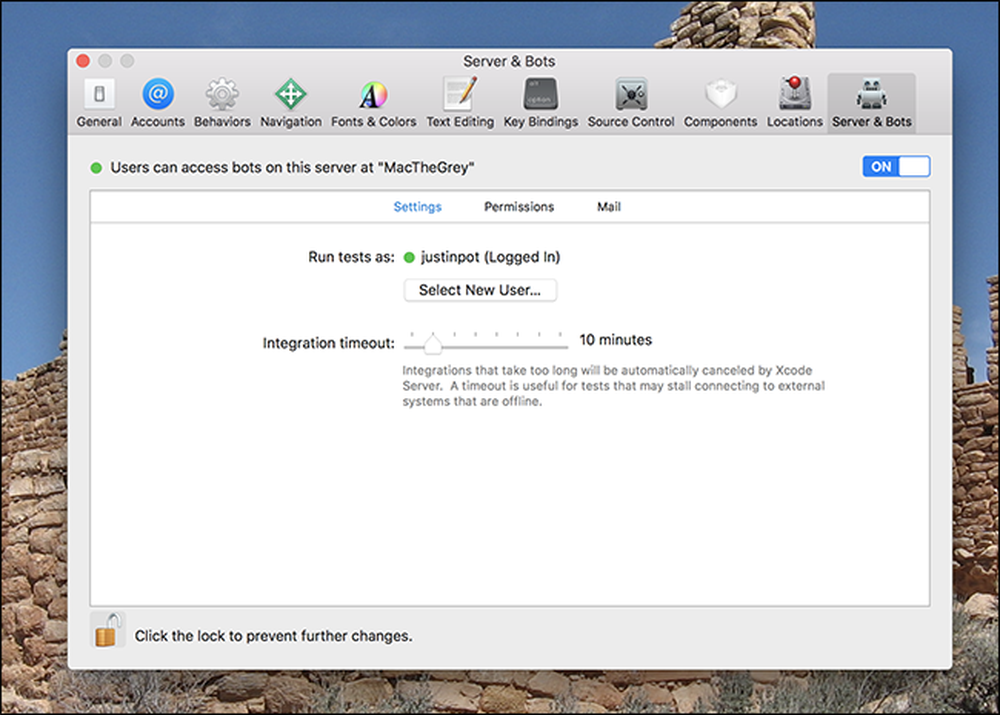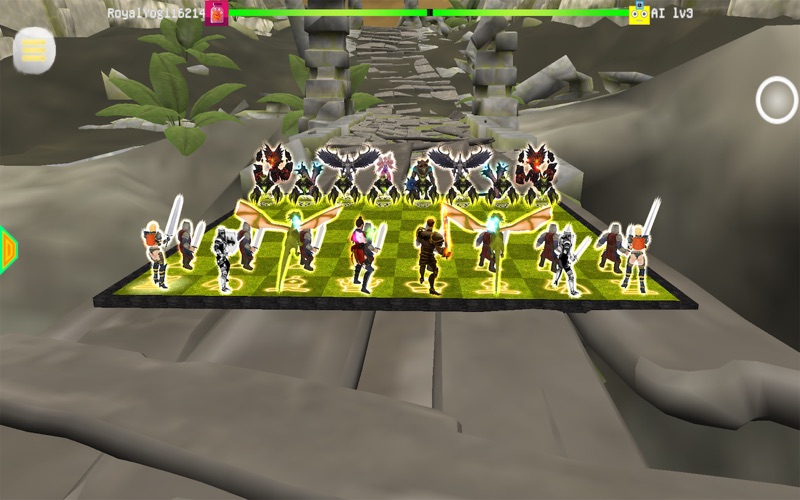About Apple security updates
If you want to comply with EULA in multi-user mode, install TS on macOS Server. – Volodymyr Bykov Aug 19 '17 at 7:42. IRapp's licensing server was definitely down for a long time. I had to purchase alternative software. I'm using Remotix. It's not quite as good as iRapp was in. HostMyApple is the #1 Provider of macOS Big Sur Cloud Servers! With up to 32GB of RAM and the option to expand storage, HostMyApple offers powerful and affordable MacOS cloud VPS and dedicated hosting options. With no hardware to purchase, running your own macOS server is an easy choice for anyone looking to run iMessage in the cloud, AirMessage, host their own website, share files, run mail.

For our customers' protection, Apple doesn't disclose, discuss, or confirm security issues until an investigation has occurred and patches or releases are available. Recent releases are listed on the Apple security updates page.
For more information about security, see the Apple Product Security page. You can encrypt communications with Apple using the Apple Product Security PGP Key.
Apple security documents reference vulnerabilities by CVE-ID when possible.
macOS Server 5.11
Released December 14, 2020
Profile Manager
Available for: macOS Big Sur
Impact: Processing a maliciously crafted URL may lead to an open redirect or cross site scripting

Description: An issue existed in the parsing of URLs. This issue was addressed with improved input validation.
CVE-2020-9995: Rajpal Arora (@whacktohack), Rohan Sharma (r0hanSH)
Additional recognition
macOS Server
We would like to acknowledge Patrick Schlangen for their assistance.
I think I’ve had a Mac running as a server in my house continuously for nearly 20 years. Over the years, the hardware has changed—at least four times, so far as I can remember—and the tasks required of it have changed dramatically, too. But despite all that change, the presence of a server in my house has always been useful.
Then again, running a Mac server isn’t for everyone—and these days, network-attached storage (NAS) devices can provide most of the functionality of a computer at a lower cost and reduced complexity. What I’m saying is, it’s complicated
Why have a home server?
It can be very convenient to have a computer that’s always available. Let’s say you have a large collection of media files—music or videos—that you want to have available to play on your stereo or TV.
If there’s a big enough disk attached to that computer, it can also be the place you stash old files—especially if you’re using a newer Mac that’s got a smaller flash drive rather than a bigger spinning disk drive.
And if you use an online backup service, such as CrashPlan or Backblaze, you can back up that Mac and all of your precious files will be backed up, too.
Finally, if your home Internet service is slow, spotty, or metered, having a home server allows you to stock up on content—especially music and movies—and have them available to watch on a moment’s notice. Not everyone can stream HD movies with impunity.
Reasons to use a Mac server
Familiarity: If you’re a Mac user, you know how to use a Mac. You probably know how to share files and folders, run iTunes, the works. NASes don’t run OS X. You have to administer them from a webpage and if there’s trouble, you will be entering a world of troubleshooting that can get alien and frustrating in a hurry.
Availability: One of the best sources of Mac server hardware is an old Mac you already own. My first two Mac servers were both hand-me-down Power Macs. Once I got a fresher model, the old one went in the closet and served me for a few more years as my server. You can put an old iMac, Mac mini, or even laptop into service as a server with little or no financial investment.
Compatibility: If you want to serve protected iTunes content—TV shows and movies—to Macs, iOS devices, or an Apple TV, a Mac running iTunes somewhere on your network is the only official way to do that. Also, a lot of software and hardware is designed to work with computers, not storage devices.
Flexibility: Apple is constantly upgrading OS X, and most modern hardware comes along for the ride. Apps are constantly being updated to take advantage of new features. My home weather station came with some weird Java-based software that was never updated and worked horribly; I was able to easily replace it with a much better piece of native Mac software.
Embedded systems like NASes are harder to update and can be abandoned by their makers after a short time in favor of newer models.
Reasons not to use a Mac server

Price: You can get an impressively specced two-disk Synology array from Amazon for $263, for example. A four-disk model is $450. That’s cheaper than the cheapest Mac. If you don’t have a Mac appropriate to be tasked as a server, you can save a lot of money by just buying a NAS.
Energy: Running a Mac server all the time, especially if it’s attached to external hard drives, can use a lot of power. Most modern NAS devices are designed to be power efficient. I haven’t measured, but I’d imagine that I would use a lot less energy if I dumped my Drobo and Mac mini duo and replaced it with a single low-power NAS.

Macos Server Download Free

Apple Macos Server
An extra device: If you’ve got a Mac you tend to use most of the time, you could make it your “household server” by leaving it on all the time, rather than dedicating an additional device. Or just remember to turn it on when you want to watch videos or listen to music.
Macos Server
More junk: You can run a Mac without any keyboard or monitor attached, in which case your server can take up very little space. But if you’ve got, say, an iMac, you’re stuck with the big screen. You’ve got to stick it somewhere, and it’s just another thing cluttering up your house.
Macos Server Email
All in all, I’m glad I’ve got a Mac server in my house. If I were starting from scratch today, I might consider a NAS—but I suspect that it wouldn’t be compatible with everything I use my Mac for, especially connecting to my home weather station. Either way, it’s awfully convenient to keep a server around—which is why, 20 years after I started, I’ve still got one.
